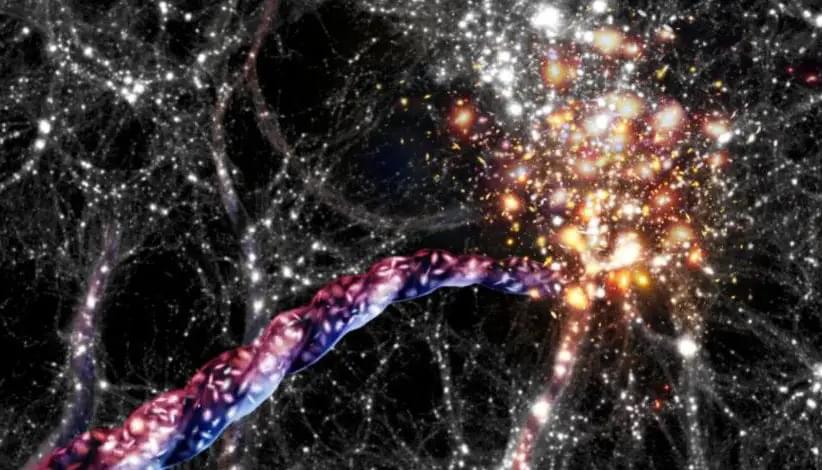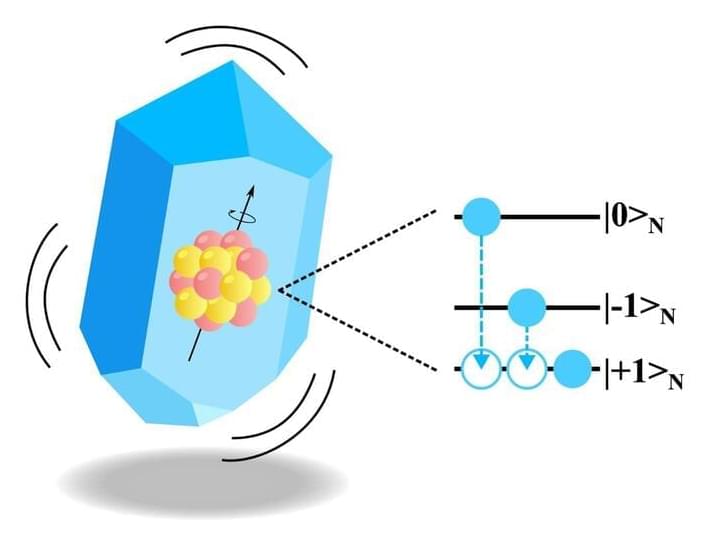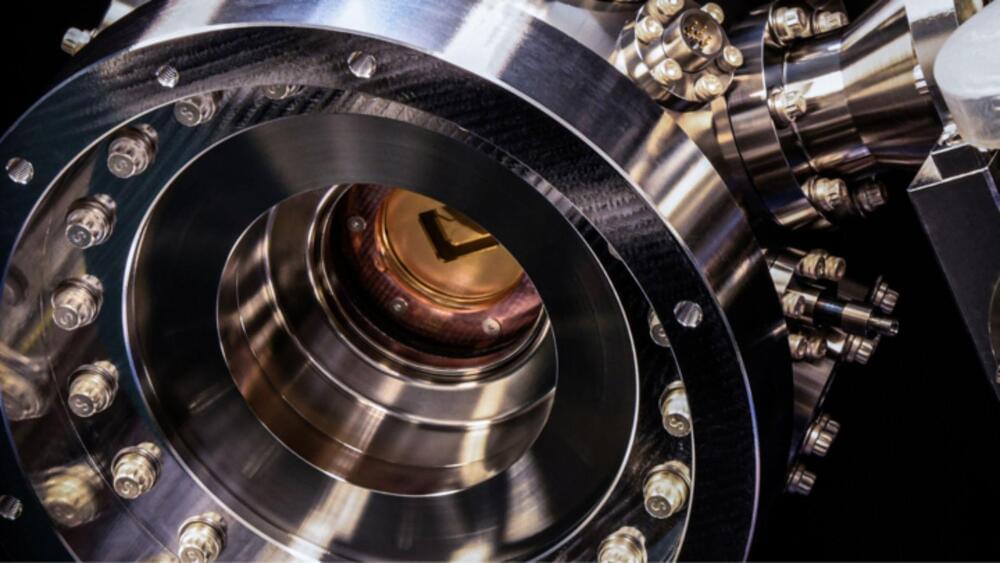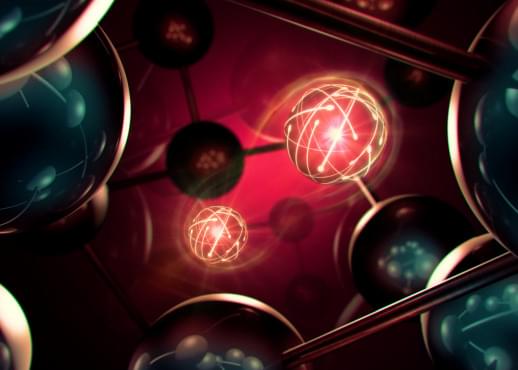Scientists have discovered that cosmic filaments, the largest known structures in the universe, are rotating. These massive, twisting filaments of dark matter and galaxies stretch across hundreds of millions of light-years and play a crucial role in channeling matter to galaxy clusters. The finding challenges existing theories, as it was previously believed that rotation could not occur on such large scales. The research was confirmed through both computer simulations and real-world data, and it opens up new questions about how these giant structures acquire their spin.
After reading the article, a Reddit user named Kane gained more than 100 upvotes with this comment: “What if galaxy clusters are like neuron and glial clusters in a brain. And dark matter is basically the equivalent of a synapse. It connects galaxies and matter together and is responsible for sending quantum information back and forth like a signal chain.”





